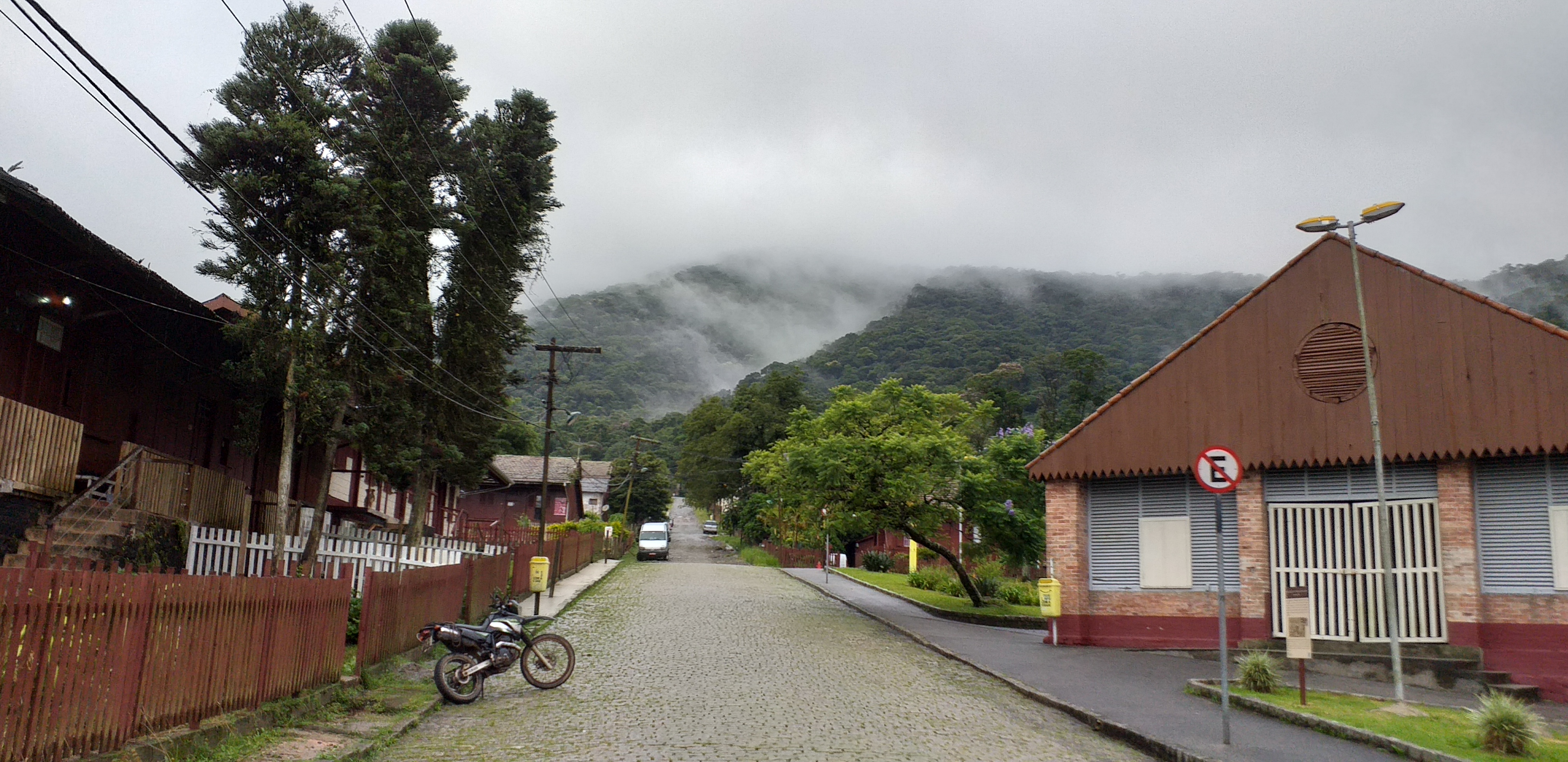|
Highway Safety Manual
The ''Highway Safety Manual'' (HSM) is a publication of the American Association of State Highway Transportation Officials. It contains concepts, guidelines, and computational procedures for predicting the safety performance of various highway facilities. The HSM was published in 2010 and is divided into four sections: :*Part A – Introduction, Human Factors, and Fundamentals of Safety; :*Part B – Roadway Safety Management Process; :*Part C – Predictive Methods; and :*Part D – Crash Modification Factors. See also Highway Capacity Manual Transportation Research Board American Association of State Highway and Transportation Officials The American Association of State Highway and Transportation Officials (AASHTO) is a standards setting body which publishes specifications, test protocols, and guidelines that are used in highway design and construction throughout the United ... References External links FHWA Office of Safety Highway Safety Manual page http://safety.f ... [...More Info...] [...Related Items...] OR: [Wikipedia] [Google] [Baidu] |
American Association Of State Highway Transportation Officials
The American Association of State Highway and Transportation Officials (AASHTO) is a standards setting body which publishes specifications, test protocols, and guidelines that are used in highway design and construction throughout the United States. Despite its name, the association represents not only highways but air, rail, water, and public transportation as well. Although AASHTO sets transportation standards and policy for the United States as a whole, AASHTO is not an agency of the federal government; rather it is an organization of the states themselves. Policies of AASHTO are not federal laws or policies, but rather are ways to coordinate state laws and policies in the field of transportation. Purpose The American Association of State Highway Officials (AASHO) was founded on December 12, 1914. Its name was changed to American Association of State Highway and Transportation Officials on November 13, 1973. The name change reflects a broadened scope to cover all modes of ... [...More Info...] [...Related Items...] OR: [Wikipedia] [Google] [Baidu] |
Highway Capacity Manual
The Highway Capacity Manual (HCM) is a publication of the Transportation Research Board (TRB) of the National Academies of Sciences, Engineering, and Medicine in the United States. It contains concepts, guidelines, and computational procedures for computing the capacity and quality of service of various highway facilities, including freeways, highways, arterial roads, roundabouts, signalized and unsignalized intersections, interchanges, rural highways, and the effects of mass transit, pedestrians, and bicycles on the performance of these systems. There have been seven editions with improved and updated procedures from 1950 to 2022, and major updates to the HCM 1985 edition, in 1994, 1997 and 2015. Chapter 1 The HCM has been a worldwide reference for transportation and traffic engineering scholars and practitioners, and also the base of several country-specific capacity manuals. The most-recent version, the ''Highway Capacity Manual, Seventh Edition: A Guide for Multimodal Mobil ... [...More Info...] [...Related Items...] OR: [Wikipedia] [Google] [Baidu] |
Transportation Research Board
The Transportation Research Board (TRB) is a division of the National Academy of Sciences, Engineering, and Medicine, formerly the National Research Council of the United States, which serves as an independent adviser to the President of the United States, the Congress and federal agencies on scientific and technical questions of national importance. It is jointly administered by the National Academy of Sciences, the National Academy of Engineering, and the National Academy of Medicine. As one of seven major divisions of the National Academies of Sciences, Engineering, and Medicine, TRB promotes innovation and progress in transportation through research in an objective and interdisciplinary setting. It provides trusted, timely, impartial, and evidence-based information exchange, research, and advice regarding all modes of transportation. TRB hosts some 200 standing technical committees that address specific aspects of transport and the TRB Annual Meeting attracts thousands of tran ... [...More Info...] [...Related Items...] OR: [Wikipedia] [Google] [Baidu] |
American Association Of State Highway And Transportation Officials
The American Association of State Highway and Transportation Officials (AASHTO) is a standards setting body which publishes specifications, test protocols, and guidelines that are used in highway design and construction throughout the United States. Despite its name, the association represents not only highways but air, rail, water, and public transportation as well. Although AASHTO sets transportation standards and policy for the United States as a whole, AASHTO is not an agency of the federal government; rather it is an organization of the states themselves. Policies of AASHTO are not federal laws or policies, but rather are ways to coordinate state laws and policies in the field of transportation. Purpose The American Association of State Highway Officials (AASHO) was founded on December 12, 1914. Its name was changed to American Association of State Highway and Transportation Officials on November 13, 1973. The name change reflects a broadened scope to cover all modes ... [...More Info...] [...Related Items...] OR: [Wikipedia] [Google] [Baidu] |
Road Transportation In The United States
A road is a linear way for the conveyance of traffic that mostly has an improved surface for use by vehicles (motorized and non-motorized) and pedestrians. Unlike streets, the main function of roads is transportation. There are many types of roads, including parkways, avenues, controlled-access highways (freeways, motorways, and expressways), tollways, interstates, highways, thoroughfares, and local roads. The primary features of roads include lanes, sidewalks (pavement), roadways (carriageways), medians, shoulders, verges, bike paths (cycle paths), and shared-use paths. Definitions Historically many roads were simply recognizable routes without any formal construction or some maintenance. The Organization for Economic Co-operation and Development (OECD) defines a road as "a line of communication (travelled way) using a stabilized base other than rails or air strips open to public traffic, primarily for the use of road motor vehicles running on their own wheels", which ... [...More Info...] [...Related Items...] OR: [Wikipedia] [Google] [Baidu] |
